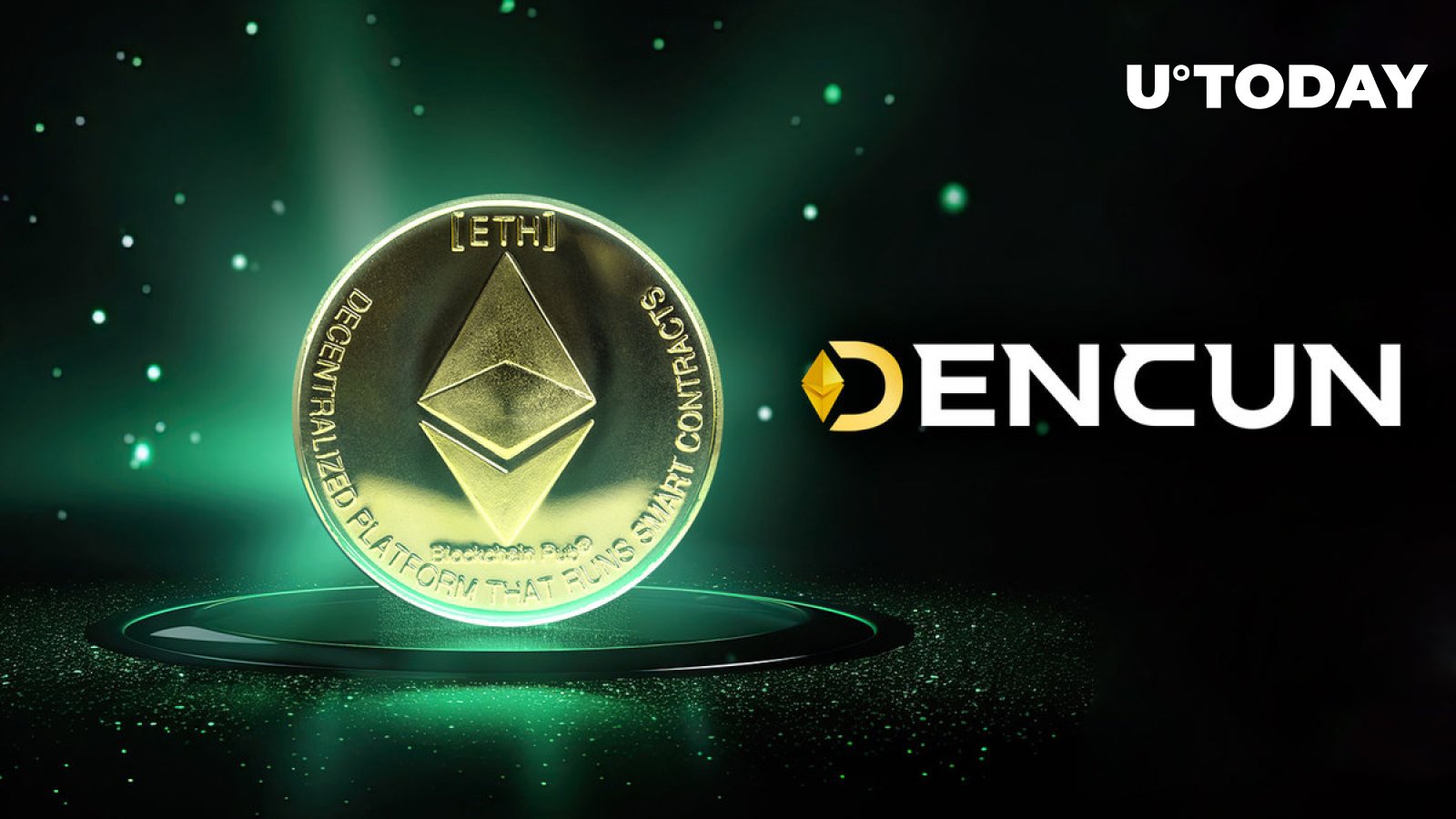Disclaimer: The opinions expressed by our writers are their own and do not represent the views of U. Today. The financial and market information provided on U.Today is intended for informational purposes only. U.Today is not liable for any financial losses incurred while trading cryptocurrencies. Conduct your own research by contacting financial experts before making any investment decisions. We believe that all content is accurate as of the date of publication, but certain offers mentioned may no longer be available.
Disclaimer: The opinions expressed by our writers are their own and do not represent the views of U. Today. The financial and market information provided on U.Today is intended for informational purposes only. U.Today is not liable for any financial losses incurred while trading cryptocurrencies. Conduct your own research by contacting financial experts before making any investment decisions. We believe that all content is accurate as of the date of publication, but certain offers mentioned may no longer be available.
According to on-chain analytics firm IntoTheBlock, the Ethereum network has witnessed a significant uptick in network fees, reaching levels not seen since May 2022.
One of the primary catalysts behind this surge is the speculative frenzy surrounding meme tokens, a trend that has gained momentum in recent times.
Bitcoin’s surge to new all-time highs has emboldened investors to take riskier bets, particularly in meme tokens, which have witnessed an average increase of threefold over the past month.
This heightened speculation has translated into Ethereum experiencing its highest fees in nearly two years. The ETH network surpassed $190 million in fees in the past week, translating to an annualized rate of over $10 billion for the first time since early 2022.
Furthermore, Ethereum’s fee-burn mechanism has led to a reduction in ETH supply by approximately 33,000 ETH, equivalent to around $125 million.
While this surge in fees may be beneficial for ETH holders, it has made the network less accessible for many users. The average transaction fee on Ethereum’s mainnet reached $28 in the past week, rendering it impractical for certain transactions.
On the Arbitrum Layer-2 (L2) network, average fees have climbed above $1 for the first time since June 2022. However, relief is on the horizon, as Ethereum’s upcoming Dencun upgrade is expected to alleviate the increased gas prices on L2s.
Scheduled for March 13, the Dencun upgrade, which includes Ethereum Improvement Proposal (EIP) 4844, aims to introduce proto-danksharding. This new transaction type, known as blobs, is expected to significantly reduce data availability costs for L2s.
Market projections indicate that major L2s could see fee reductions of at least 80% following the Dencun upgrade. Also, OP stack chains will receive upgrades the day after, adding data blob functionality.
Estimates suggest that fees for depositing USDC on platforms like Aave could plummet to as low as $0.0091, representing a staggering 27-fold decrease. According to Polymarket, the reduction in costs for L2s could be even more substantial, potentially reaching 60 times lower than current levels.
While there remains some uncertainty regarding the exact magnitude of fee reductions resulting from the Dencun upgrade, it is clear that gas costs associated with meme token frenzies are likely to see a significant decline in L2s shortly.
This bodes well for Ethereum’s scalability and usability, paving the way for a more efficient and accessible blockchain ecosystem.

